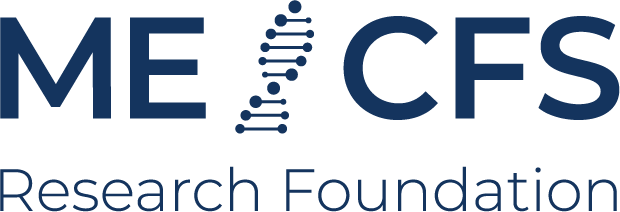Targeting viral persistence in Post-COVID Syndromes
Prof (MD), MHS Michael Peluso, University of California San Francisco (UCSF), USA

By clicking the preview image, the video will be loaded from YouTube. Personal data may be transmitted to YouTube. Read more in our privacy policy.
Prof Michael Peluso spoke about therapeutic approaches for Long COVID that address viral persistence. Especially before the spread of the Omicron variant, persistence of the SARS-CoV-2 virus was observed in the blood and tissue of Long COVID patients. It is currently unclear whether viral persistence is a consequence or the cause of Long COVID. It is known that there is a correlation between viral persistence and viral nasal load at the time of the initial infection. Furthermore, there is a correlation between the severity of Long COVID symptoms and antigens against SARS-CoV-2 in the blood one year after the acute infection. These antigens were associated with cognitive and circulatory symptoms of Long COVID, but not with fatigue. Future studies should focus on preventing and reducing existing viral persistence. So far, there is only limited evidence, after two studies using a nirmatrelvir-ritonavir combination (paxlovid) yielded negative results. However, the results of the RECOVER-VITAL study, which investigates the efficacy of antiviral medications during acute COVID-19 infection with 900 participants, are expected in a few months. Prof Peluso also mentioned the currently ongoing placebo-controlled outSMART-LC study, which aims to reduce persistent viral particles and thus improve the condition of Long COVID patients, using the monoclonal antibody AER002 against SARS-CoV-2. Lastly, he emphasised the need for better biomarkers to stratify the cohorts to be studied to avoid conflicting results, as well as the need to establish a central cohort for future studies with central data analysis and consensus biomarkers to better compare the results of future studies.
